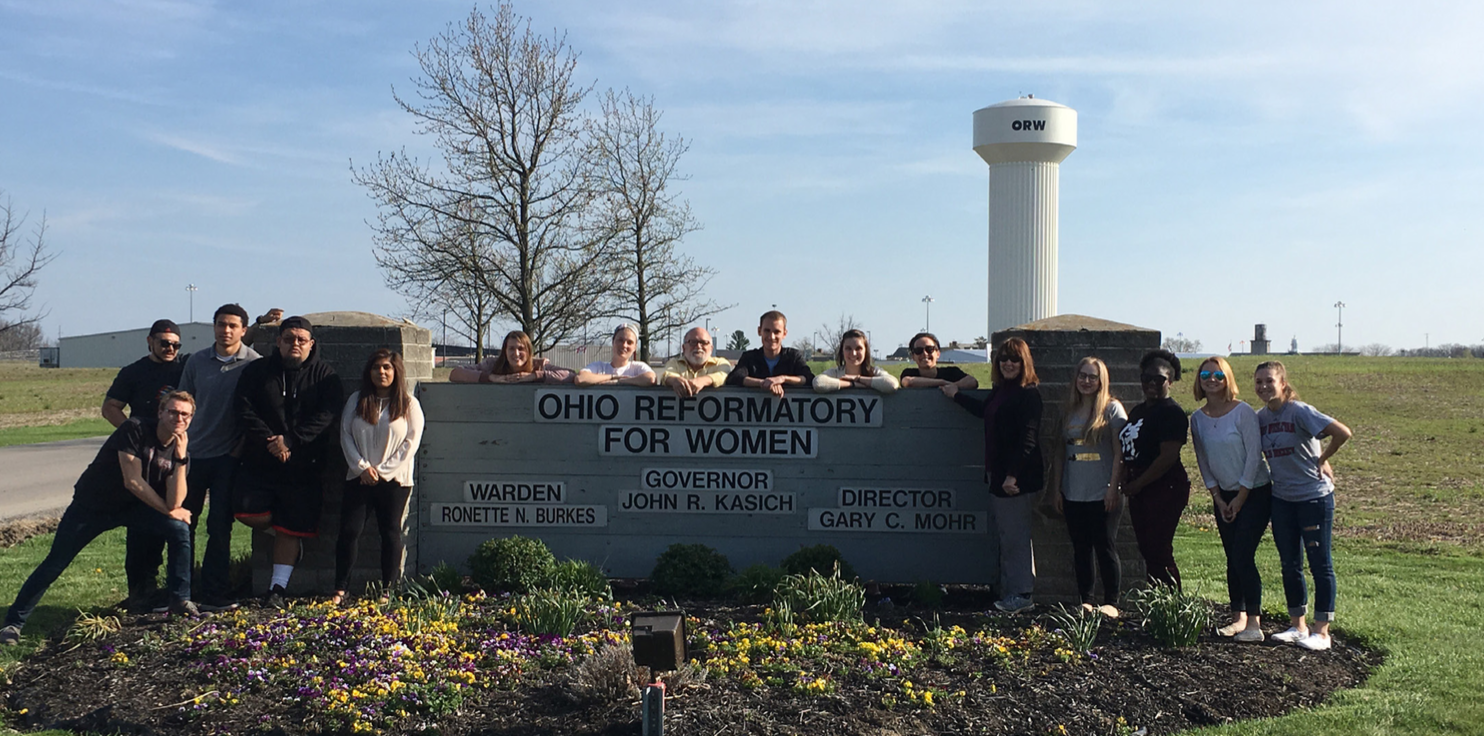By Evelynn Wyatt, Letter to the Editor
I recently traveled to Guatemala on a Travel Learning Grant from Ohio Wesleyan. I was struck immediately by the way that plants and people spilled out from every opening in the city streets.
I was also confronted almost immediately by groups of leering, calling men. In America, nearly every self-identifying woman and approximately half of self-identifying man, regardless of age, race, class or sexuality has been subjected to sexual harassment in the streets.
This harassment comes in the form of catcalling most frequently, but can come in more invasive forms such as flashing and groping. In Guatemala, this culture of street harassment is much more pervasive and dangerous. The woman I was traveling with and I were both told to avoid being out after dark at all costs to avoid Ladrones, robbers or thieves.
This seemed to be a catch-all term for very, very bad people, but as I began reading the local tourist-run papers, I learned just how prevalent street harassment and other forms of sexual assault are within the country. In Guatemala, as in the United States, leering, catcalling and stalking lie on the same continuum as sexual abuse and rape. It is these microaggressions toward women that make rape okay in both of these cultures.
Author Claire Vaye Watkins explains it this way: ”Humans are wide, open vessels, capable of almost anything … but you cannot beat the mother of your children, or rape your childhood friend while she’s unconscious, or walk up to a sorority outside Santa Barbara and start shooting without first convincing yourself and allowing our culture to convince you that those women are less than human.”
Leering, catcalling and groping exist on the same continuum as sexual violence and rape. When we are silent in cases of street or workplace harassment or when those around us make jokes about sexual assault, we are supporting rape culture and the normalization of rape in our country.
In Guatemala, this systemic silencing of and violence toward women is overwhelming.
Guatemala has the third highest rate of femicide (the systematic killing of girls and women with impunity) in the entire world.
The rate of impunity for femicide in 2014 remained at around 98-99 percent. The rate of convictions for rape and sexual abuse are equally abysmal and threats and intimidation to prevent reporting these crimes are common.
Even when reported, “Domestic violence, rape and sexual assault and other crimes of violence against women are ineffectively investigated, prosecuted and adjudicated. Police have minimal training or capacity to investigate sexual crimes or assist survivors of such crimes,” according to the Advocates for Human Rights group.
This group also found that “biases regarding the status of women in Guatemala have resulted in wide acceptance of domestic and sexual violence, which women are expected to endure because it is viewed as “normal.
Religion further complicates the normalization of sexual assault and child pregnancy. This is a country in which church authority has succeeded in preventing the passing of pro-contraceptive laws through likening contraceptives to ammunition and arguing that they both kill.
One of the most horrifying consequences of high rape rates is that adolescent females are giving birth to children at increasingly higher rates. In 2013, 4,354 Guatemalan girls between the ages of 10 and 14 gave birth as a result of rape.
The total population of Guatemala is relatively small, making this one of the highest rates of child rape victims in all of Latin America. Like in the United States, most child victims of sexual abuse of all kinds are assaulted by people they know.
Eighty-nine percent of the men who assaulted girls younger than 14 were relatives or otherwise close to the girls; 25 percent were the victims’ fathers. When young girls become pregnant they are much more likely to die as a result of carrying the pregnancy to term or of giving birth.
The American photographer Linda Forsell has been working since 2014 to take pictures of these girls and their children as a means to raise awareness about this issue, but most people remain ignorant about the horrific consequences of the normalization of rape, violence and femicide in Guatemala and other Central and South American nations.
As a nation, we are starting to talk more about inequality and gender-based violence as it exists in the United States, but remain entirely ignorant as to what this violence looks and feels like in other parts of the world.








